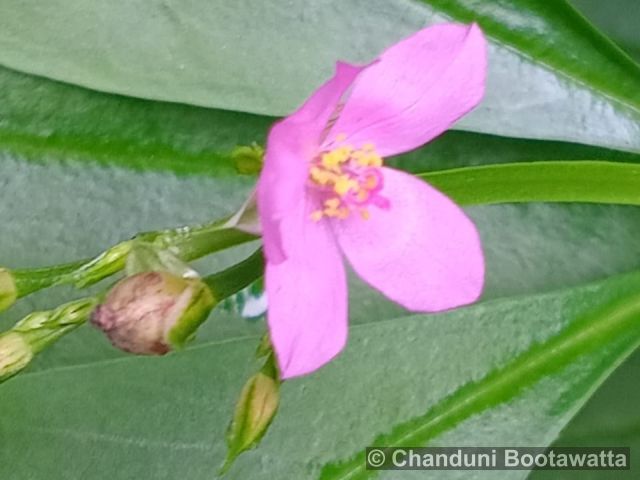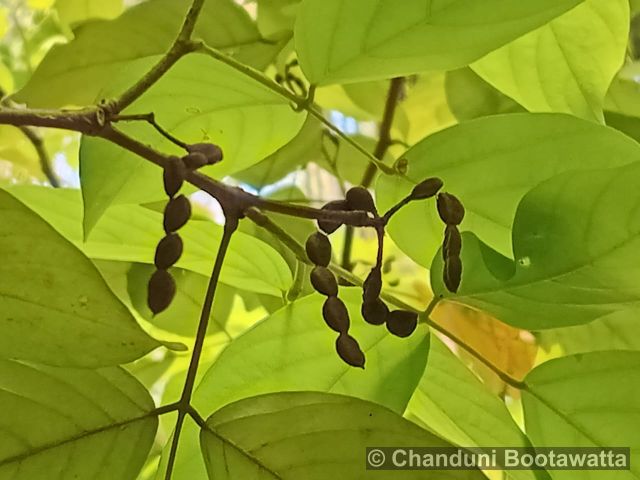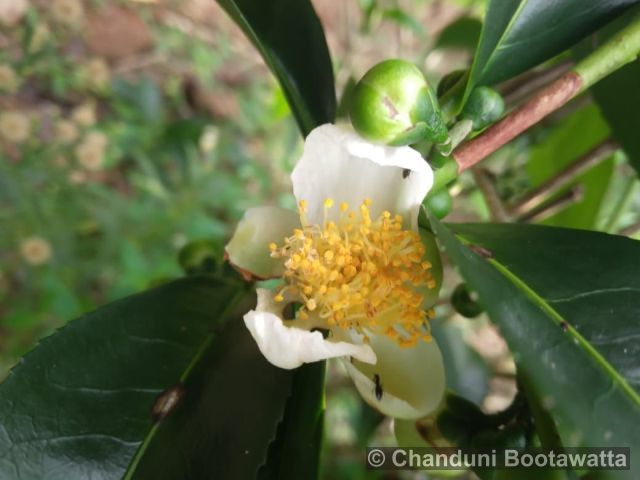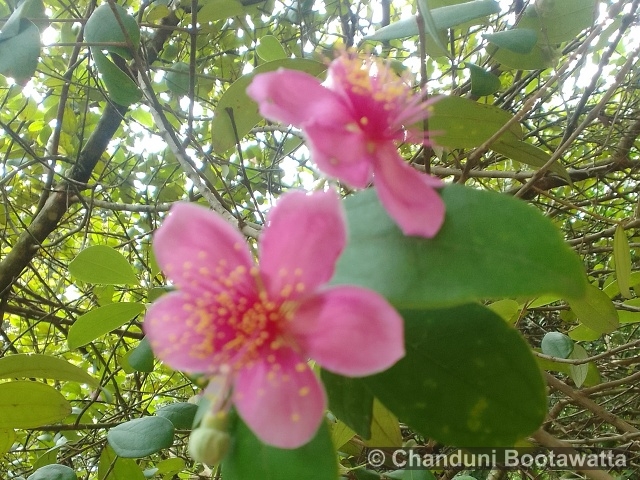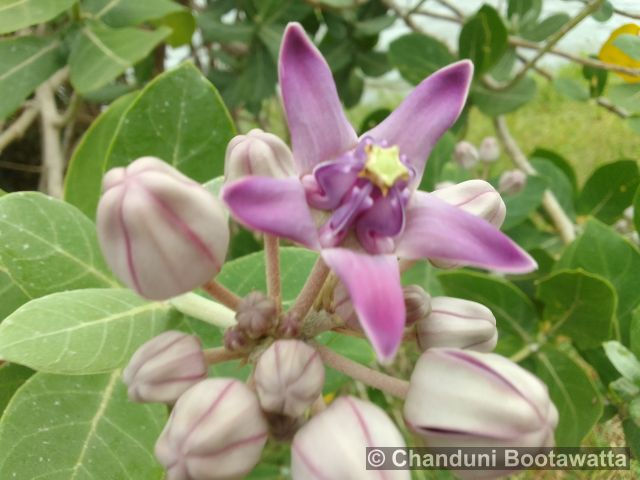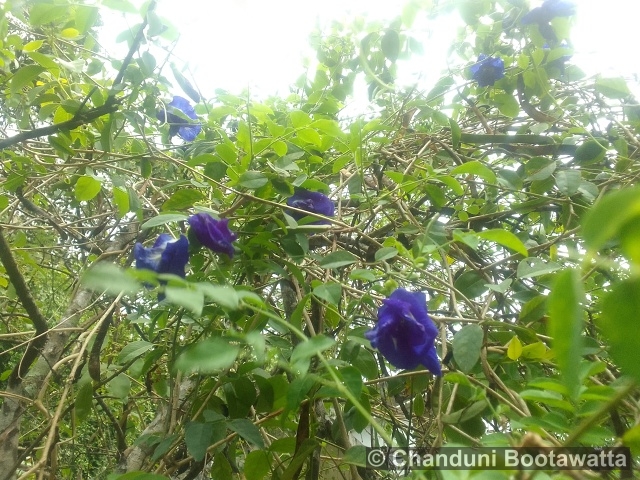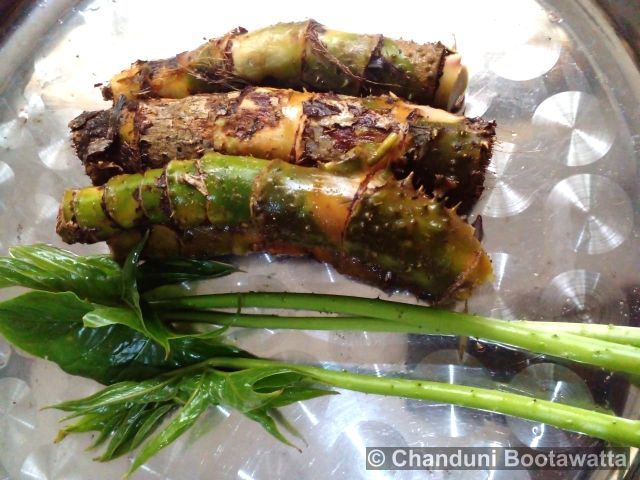Tento příspěvek byl přečten303krát!
Sleeping plant, Sleeping grass, Touch me not
Family: Fabaceae
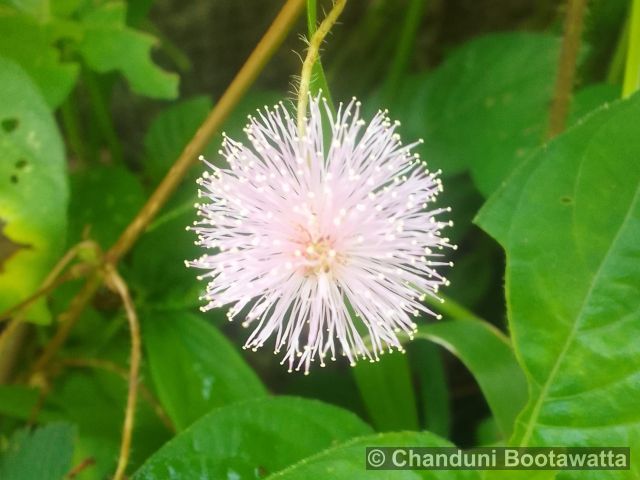
Description: The sleeping grass, also known as Mimosa pudica, is a fascinating plant known for its unique ability to fold its leaves inward when touched, a behavior called thigmonasty. This sensitive plant has small, delicate pink or purple ball-shaped flowers and feathery, fern-like leaves. It typically grows in a height of about 1.5 meters.
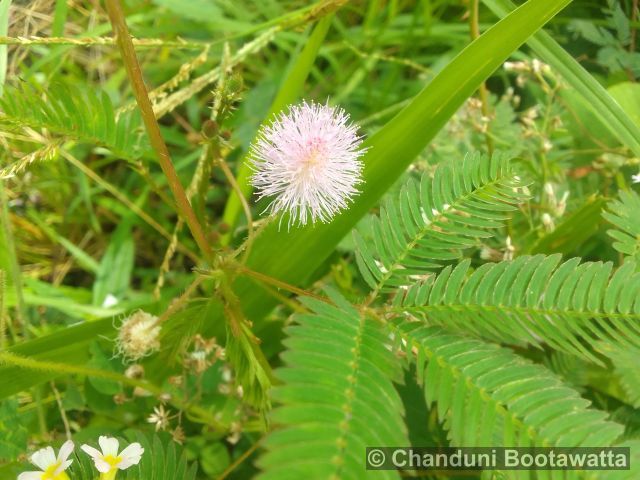
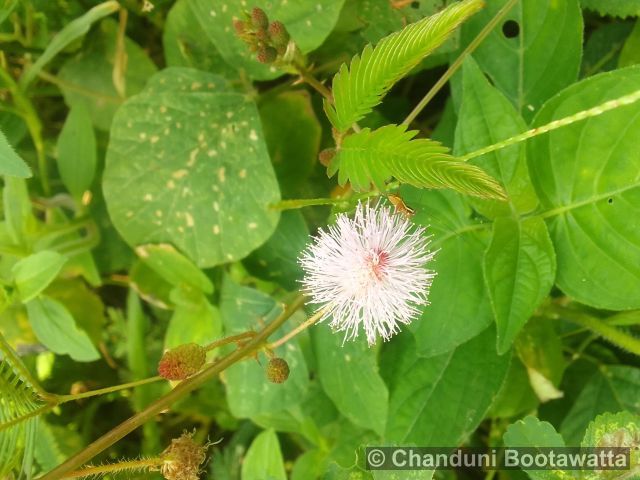
Substitutions: Mimosa pigra – Similar to Mimosa pudica, this plant also has sensitive leaves that respond to touch, though it tends to grow taller and has larger leaves. – Mimosa diplotricha: Known as the giant sensitive plant, this species has similar thigmonastic movement but is more robust and can become invasive in some regions. – Mimosa tenuiflora: While it shares the sensitive leaf movement of Mimosa pudica, it is more commonly known for its bark, which is used in traditional medicine and for making natural dyes.
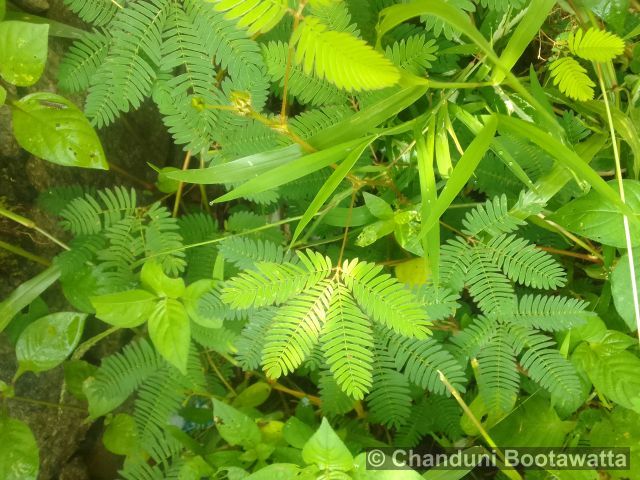
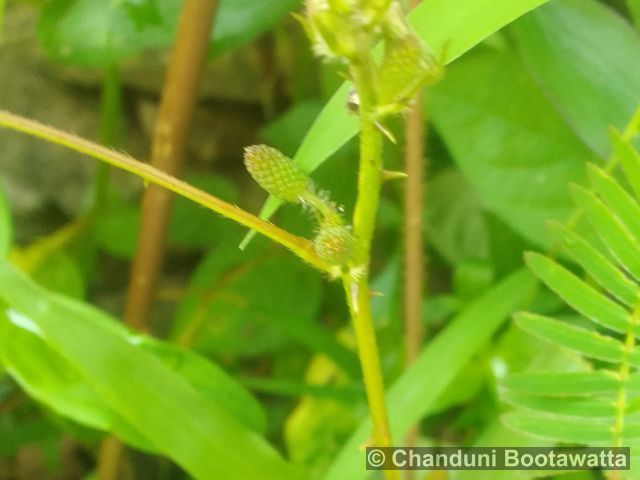
Ecology: Thrives in warm, tropical environments with plenty of sunlight. It prefers well-drained, sandy or loamy soils that are slightly acidic to neutral (pH 5.0-7.0). The plant grows best in moist conditions but should not be waterlogged, as excessive moisture can lead to root rot.
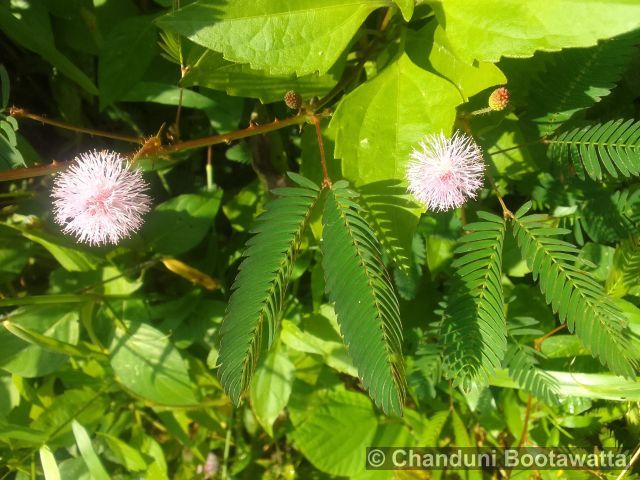
General Distribution: Mimosa pudica is widely distributed across various Asian countries, including Sri Lanka, India, Thailand, Indonesia, Malaysia, and the Philippines. It thrives in tropical and subtropical regions, often found in disturbed soils, along roadsides, and in open fields. Its adaptability has allowed it to spread throughout these areas, sometimes becoming invasive in certain regions.
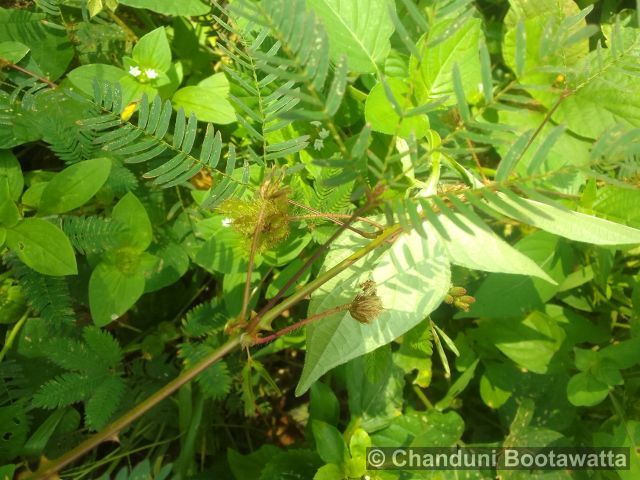
Use: Beyond its intriguing movement, Mimosa pudica is used in traditional medicine for its anti-inflammatory and antiseptic properties. It is also cultivated for its ornamental value, making it a popular choice in gardens and educational settings.

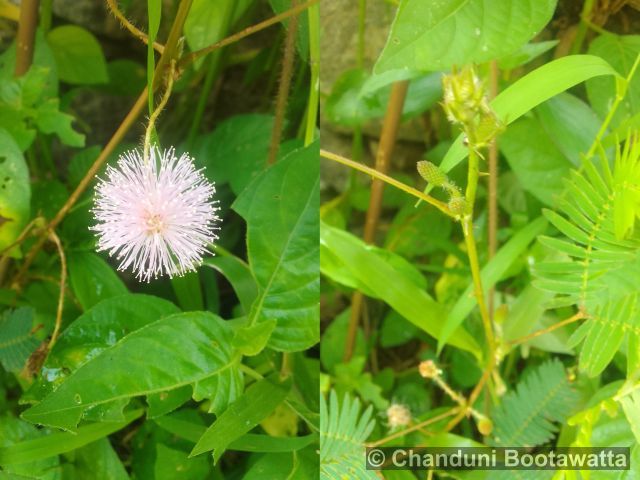
Author of text and photos: Chanduni Bootawatta.
Photographed in Homagama, Sri Lanka on 05/08/2024.



 Poslat emailem
Poslat emailem
